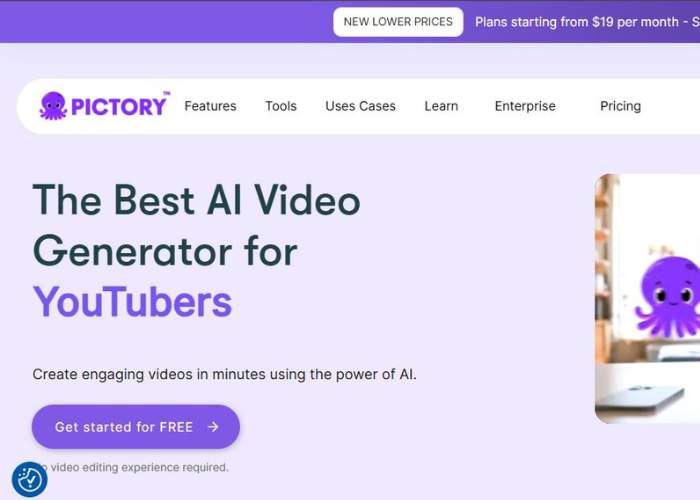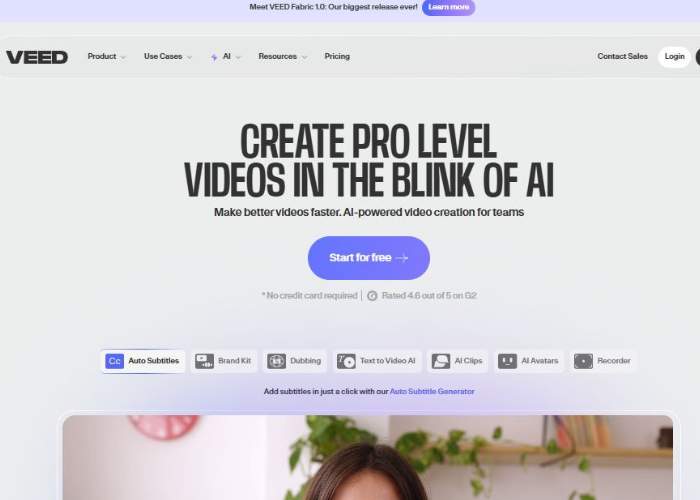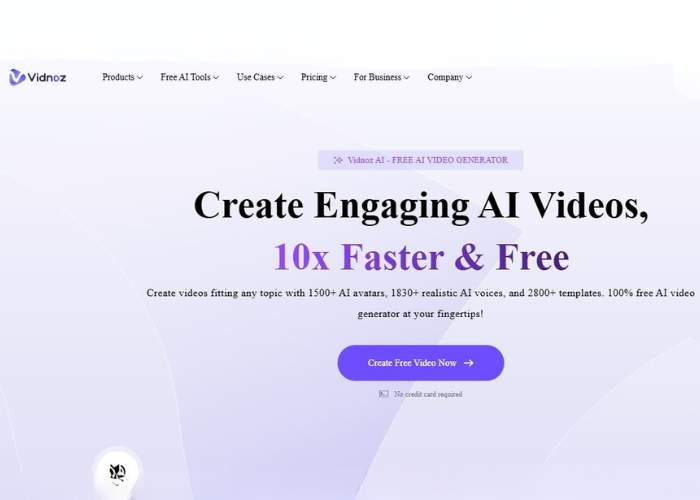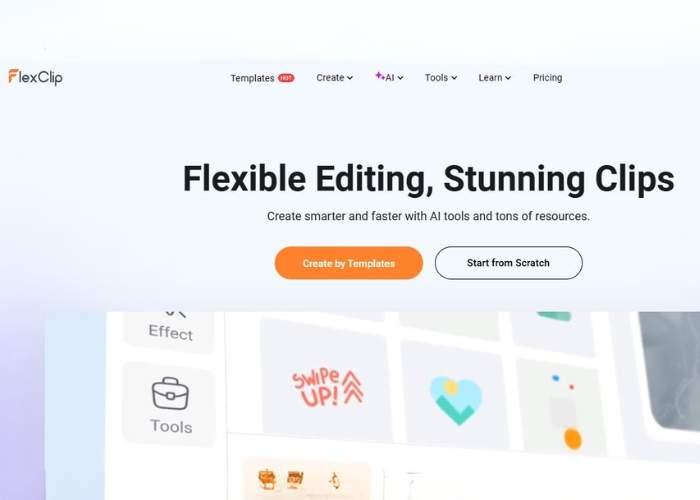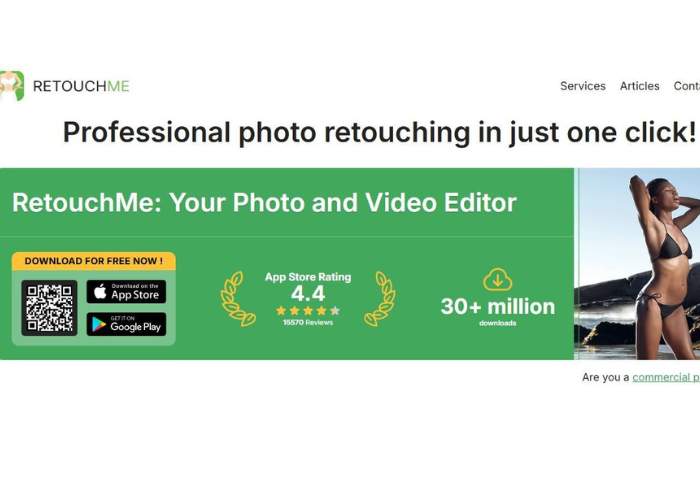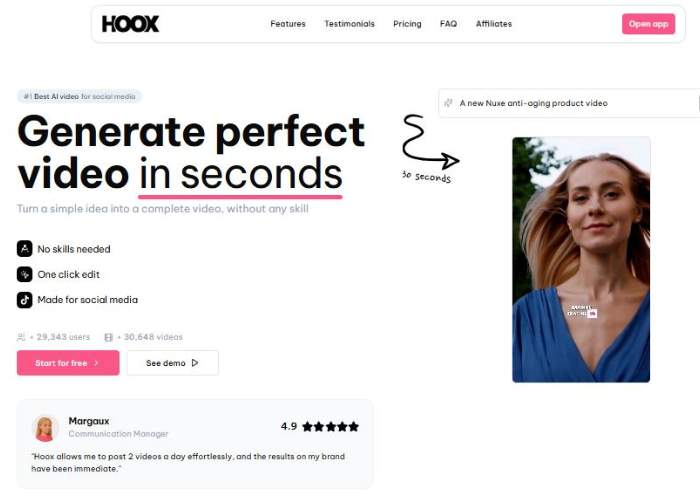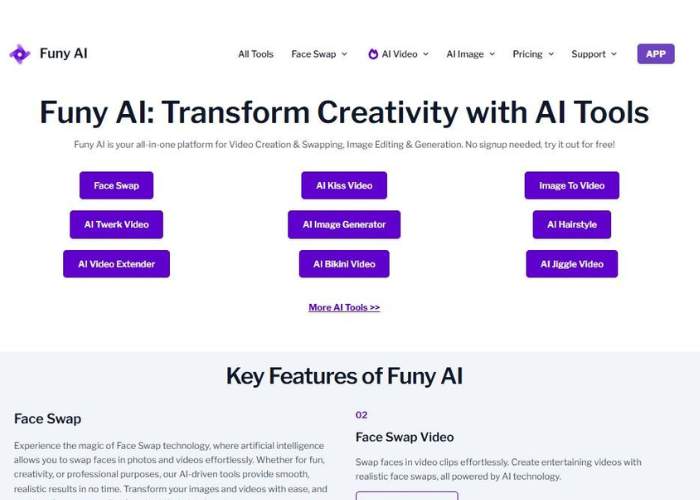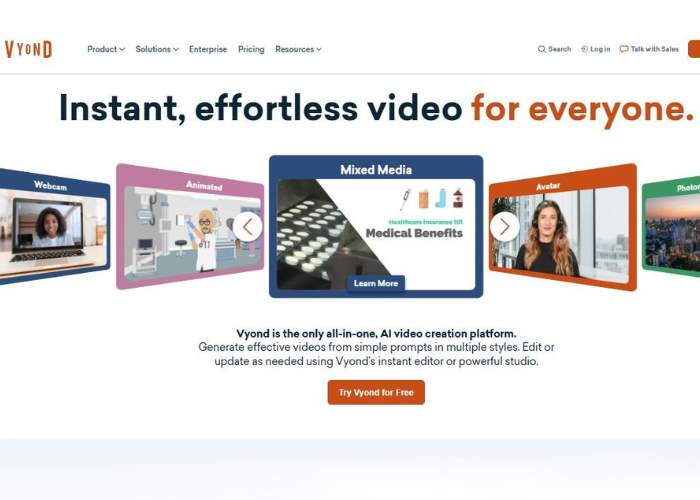Everyone wants that clean, punchy explainer video—snappy hook, crisp visuals, captions you can read on a train with the volume off.
And yes, you can make one without touching a pro timeline. I spent a week messing with AI-powered tools to see which ones actually get you from “half a paragraph and a hunch” to “publishable explainer.”
Some were frictionless, some quirky in a charming way, and a couple surprised me with how much heavy lifting they do for script, scenes, voice, and captions in one go.
Below you’ll find what I learned—starting with how to think about AI explainers, then a few practical workflows, and finally a ranked pass through the tools you asked about (in that exact order).
I’ll tell you what each ai video generator does well, the use cases where it shines, and my honest take on who should pick which. If something makes you raise an eyebrow, good—that’s where the learning lives.
What actually matters in an AI explainer generator
If you strip the hype, an explainer is just: (1) a clear script, (2) an engaging visual rhythm, and (3) accessible delivery (captions, voice, aspect ratio). Here’s what I now treat as non-negotiables:
- Script-to-video or text-to-video: You paste a script (or prompt a topic), and the tool lays out scenes with visuals and a voice. The stronger platforms do this in one click, then let you tweak beats without starting over. (Pictory, VEED, and Vyond all put this front and center.)
- Auto-subtitles: You’ll lose viewers on mute without them; good tools burn them in with style controls, timing fixes, and translations. (VEED and FlexClip are especially loud about auto-subs.)
- Voice options: Synthetic voices have improved; some tools even support cloning or multi-language dubbing for the same video. (VEED touts voice cloning and dubbing; several others offer big voice libraries.)
- Stock + templates: Don’t underestimate a solid template library for pacing. (Pictory, Vidnoz, and InVideo lean hard on this.)
- Brand kit + aspect ratios: Logos, fonts, colors, and quick swaps to 9:16/1:1/16:9 matter when you’re pushing the same explainer to Reels, Shorts, and LinkedIn. (VEED and Vyond both pitch “make it look on-brand” in a hurry.)
One more sanity check: if you’re making explainers for a team or clients, you’ll want collaboration, exportable reports, and repeatable templates. That’s where the more “businessy” platforms earn their keep.
⬇️ See the top AI Video Generators
A no-skills workflow you can copy (and bend as needed)
I kept my tests simple. One prompt, one minute, one lesson. Here’s the loop that worked best:
- Write the point, not the prose. One or two sentences on who it’s for and what they’ll learn.
- Feed the tool your spine. Paste a script or a topic. If it drafts the script for you, keep what sings and cut the fluff. (Pictory and Vyond will script; VEED can go from prompt too.)
- Let it block scenes. Accept the first pass even if it’s cheesy—momentum beats perfection.
- Fix the beats. Change something every 2–3 seconds: text, crop, zoom, b-roll. Add captions. (VEED/FlexClip make subs dead simple.)
- Pick a voice that matches the room. Friendly for onboarding, neutral for policy, excited for promo.
- Brand lightly. Logo in a corner, consistent font, colors that don’t punch the captions in the face.
- Ship, measure, iterate. See where viewers drop; tighten that beat in the next cut.
Is it artsy? Not really. Is it effective? Yup—and you’ll get faster every time.
Pitfalls, ethics, and expectations
A few things the glossy landing pages won’t tell you outright:
- Synthetic voices ≠ a free-for-all. Check the licensing and consent rules, especially if you’re cloning a voice. Some platforms spell out what’s allowed; enterprise-focused ones tend to be stricter. (Vyond’s enterprise posture and governance tooling are good signals for teams that care.)
- Templates are scaffolding, not story. If your explainer has no specific examples, it’ll feel like a brochure. Toss in a quick stat, a real screenshot, or a tiny anecdote.
- Avatars can be a shortcut or a shortcut to boring. When they’re on-brand (training, policy, onboarding), they’re gold. For product sizzle? Often better to mix b-roll and motion graphics.
- AI doesn’t absolve you from editing. You still need to sense where the viewer gets tired, and you still own the facts. That human taste—that’s your superpower.
Editing tips that paid off for explainers
- Write for captions first. Short lines, high contrast, nothing crammed near the edges.
- Animate the text, not the viewer’s patience. Small movement beats noisy transitions.
- Use music like salt. A pinch makes it pop; a handful ruins dinner.
- Narration before visuals. Nail the VO timing; cut the b-roll to the words, not the other way around.
- End with a micro-CTA. “Try the feature,” “Book a 10-minute demo,” “Watch part two.” Specific wins.
Explainer Video Generator with AI
1. Pictory
Best for: turning scripts/articles/slides into tidy explainers fast.
Core features. Pictory’s wheelhouse is text-to-video from scripts or topics, with automatic scene building, stock media, and voiceover; you can go from idea to draft in minutes and polish inside the web editor. Pricing is approachable, with a trial and starter plans.
Use cases. Blog-to-video explainers, course snippets, LinkedIn thought-bites, narrated listicles.
My opinion. Script-first folks will feel at home. It’s less about fancy compositing and more about getting a clean, captioned narrative out the door—exactly what most explainers need. If you’re repurposing written content, this is a sweet spot.
2. Veed IO
Best for: an all-in-one editor with AI text-to-video, auto-subtitles, dubbing, and avatars.
Core features. VEED bundles AI video generation (prompt or script-based), AI avatars, auto-subtitles, translation/dubbing, voice cloning, and a friendly timeline when you want manual control. It’s built for social formats and quick turnarounds.
Use cases. Daily social explainer clips, product updates, webinar-to-shorts conversions, multi-language posts.
My opinion. If I had to pick a single starter app for non-editors, it’s VEED. The captions are excellent, the editor is intuitive, and you can grow into deeper control without getting lost.
3. Vidnoz
Best for: avatar explainers and a huge template/voice library, with a generous free on-ramp.
Core features. Vidnoz advertises 1,500+ AI avatars, 1,830+ voices, 2,800+ templates, plus text-to-video and avatar creation—paste text, pick a look, generate. It’s a friendly gateway for “I don’t want to be on camera” explainers.
Use cases. Internal training, quick product intros, multilingual “talking-head” summaries you can brand in minutes.
My opinion. The sheer volume of templates/voices is the appeal. Perfect for that first dozen explainers; if you crave more nuanced motion graphics, you might export and polish elsewhere.
4. InVideo 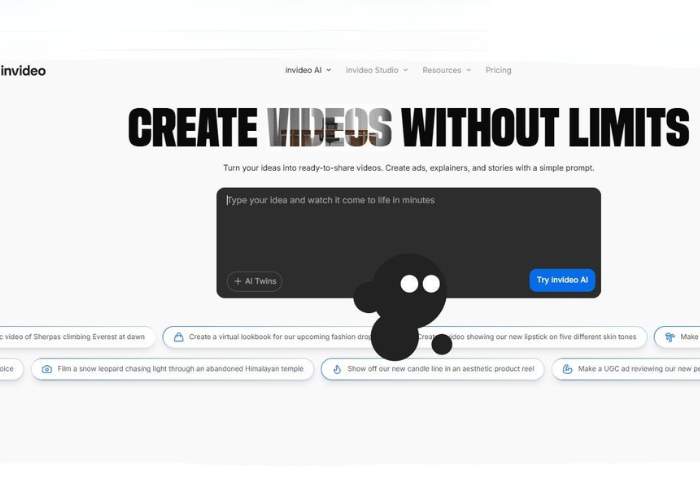
Best for: text-to-video with big stock access and straightforward pricing tiers.
Core features. AI video generation from prompts or scripts, stock media integrations, and a simple web workflow. Public pricing highlights “Plus/Max/Generative/Team” plans; it’s very “pick your lane and go.”
Use cases. Marketing explainers, ad variants, channel trailers—especially when you’re leaning on stock footage plus bold captions.
My opinion. Reliable workhorse. If your team lives in the browser and you value predictable costs, InVideo’s combo of stock + AI scene building is hard to beat.
5. FlexClip
Best for: beginners who want auto-subtitles, TTS, and text-to-video with minimal fuss.
Core features. FlexClip offers AI text-to-video, auto-subtitle generation, and text-to-speech for quick narration. You can also translate in a click and keep everything 100% online—no installs, no drama.
Use cases. How-to explainers, simple promo clips, slideshow-style summaries with clean captions.
My opinion. Friendly and focused. You won’t craft Marvel-grade montages here, but for crisp captioned explainers, it’s a very low learning curve.
6. RetouchMe
Best for: human-in-the-loop cleanup when your footage needs pro polish without you learning an editor.
Core features. RetouchMe is a service: you upload, pick desired fixes, and professional editors (with AI assists) handle the work using tools like Premiere/Resolve—especially well supported on mobile. It’s not “prompt → video”; it’s “here’s my clip, please make it better.”
Use cases. Polishing spokesperson explainers, reframing vertical shots, quick color/touch-ups for product reels.
My opinion. Slightly sideways from the others, but useful. When you’ve already filmed and just need it social-ready, outsourcing the last mile can be faster than learning a timeline.
7. Hoox
Best for: viral-style shorts where the AI handles script → VO → edit in one sweep.
Core features. Hoox positions itself as “video in seconds”—AI agent generates script, edits, and exports, with landing pages touting “3 clicks,” viral success patterns, and even AI avatars. It’s designed for batchable, trend-friendly content.
Use cases. Faceless channels, quick educational shorts, product teasers that mimic social trends.
My opinion. Newer name, promising vibe. If your goal is volume with minimal hand-holding, Hoox is worth a spin—just expect to nudge scripts for your brand voice.
8. Funy AI
Best for: no-sign-up playground energy—face swap, image-to-video, quirky effects for social experiments.
Core features. Funy AI offers video creation & swapping, image-to-video, and a grab-bag of viral-leaning tools (AI kiss/twerk, hairstyle, extender). The pitch is frictionless creation; try it free, make something weird, post it.
Use cases. Meme-ish explainers, comedic cutaways, attention-grabbing intros you tack onto a more serious segment.
My opinion. Not a corporate suite—and that’s okay. When you need a thumb-stopper or you’re brainstorming formats, this sandbox sparks ideas fast.
9. Vyond
Best for: business/learning explainers with Vyond Go (text/doc-to-video) and deep editing when you want it.
Core features. Vyond Go turns text prompts, scripts, or even documents (DOC/PPT/PDF) into a draft video, then you can refine in-place or move to Vyond Studio for heavy customization. There’s instant translation into 70+ languages and multiple styles (animated, mixed media, photoreal touches). It’s clearly built for teams and training.
Use cases. Onboarding modules, product walkthroughs, policy explainers—anywhere clarity and brand consistency beat cinematic flair.
My opinion. The most grown-up option here. You trade a bit of whimsy for repeatability, governance, and that “we can ship 50 explainers this quarter” energy.
Final thoughts and top picks
Explainers reward clarity and pace. These tools won’t invent your story, but they absolutely smooth the path from idea to publish. If you want my short list:
Top 3 overall
- Veed IO — Best all-rounder for social explainers: fast AI generation, outstanding auto-subtitles, and just enough timeline power to fix what AI guesses wrong.
- Vyond — Best for businesses and learning teams: prompt/script/doc-to-video, translation, and robust editing for scalable, consistent training content.
- Pictory — Best for script-first creators and repurposers: clean text-to-video that turns words into watchable explainers quickly.
If you’re camera-shy and want a “presenter,” Vidnoz gets you talking-avatar explainers in minutes. Need a stock-heavy ad variant machine?
InVideo is the pragmatic pick. Total beginner? FlexClip is kind and capable. Want to outsource polish on footage you already shot? RetouchMe saves the day. Chasing trends? Hoox and Funy AI will keep your experiments lively.
You bring the taste; these apps bring the scaffolding. That’s a partnership worth leaning into.

